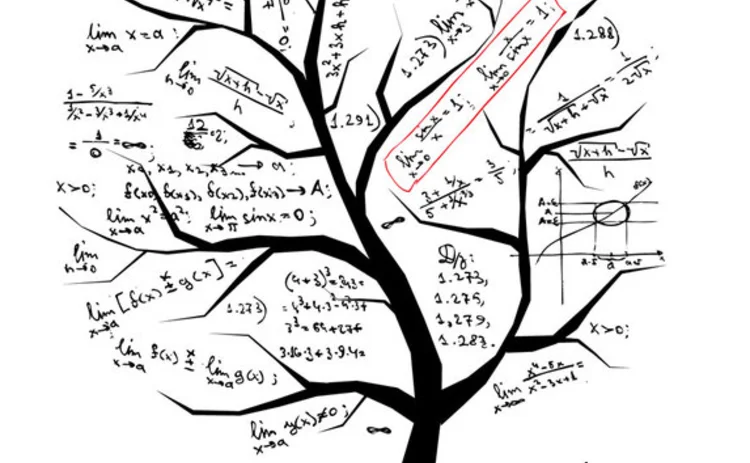
Cutting edge introduction: Adjoints - maintaining the legacy
The adjoint method for calculating sensitivities may be quick and cheap, but it requires a top-to-toe overhaul of pricing code. A new technique developed by quants at UBS allows it to be deployed with minimal coding changes. Nazneen Sherif introduces this month’s technical articles

Adjoint algorithmic differentiation (AAD) has been gathering momentum over the past two years, with an increasing number of banks ditching more traditional ways to speed up the calculation of risk sensitivities – such as graphics processing units (GPUs) – for the cheaper and more tractable mathematical technique.
Members of the AAD club already include Banca IMI, Barclays, Credit Suisse, Danske Bank, Natixis and Nomura, and more are exploring its potential (Risk January 2015).
It is, of course
Only users who have a paid subscription or are part of a corporate subscription are able to print or copy content.
To access these options, along with all other subscription benefits, please contact info@risk.net or view our subscription options here: http://subscriptions.risk.net/subscribe
You are currently unable to print this content. Please contact info@risk.net to find out more.
You are currently unable to copy this content. Please contact info@risk.net to find out more.
Copyright Infopro Digital Limited. All rights reserved.
As outlined in our terms and conditions, https://www.infopro-digital.com/terms-and-conditions/subscriptions/ (point 2.4), printing is limited to a single copy.
If you would like to purchase additional rights please email info@risk.net
Copyright Infopro Digital Limited. All rights reserved.
You may share this content using our article tools. As outlined in our terms and conditions, https://www.infopro-digital.com/terms-and-conditions/subscriptions/ (clause 2.4), an Authorised User may only make one copy of the materials for their own personal use. You must also comply with the restrictions in clause 2.5.
If you would like to purchase additional rights please email info@risk.net
More on Markets
Pension funds hesitate over BoE’s buy-side repo facility
Reduced leveraged and documentation ‘faff’ curb appetite for central bank’s gilt liquidity lifeline
Wells Fargo’s FX strategy wins over buy-side clients
Counterparty Radar: Life insurers looked west for liquidity after November’s US presidential election
How BrokerTec, MarketAxess fared during Treasury rout
Electronic bond trading platforms see spike in volumes and small growth in market share, Risk.net analysis shows
Tariff volatility pushes banks to tighten close-outs
Lawyers say dealers are looking to update playbooks for terminating derivatives trades
Dodging a steamroller: how the basis trade survived the tariff tantrum
Higher margins, rising yields and stable repo funding helped avert another disruptive blow-up
SG’s Ungari swaps research for structuring in new QIS role
Veteran researcher and strategist ‘putting things into action’ with new remit
Yen rates losses from tariff volatility top $1 billion
Pay fixed, curve flattener and vol steepener positions were hit hard as yields swung wildly
Markets are mispricing tariff uncertainty, say academics
Johns Hopkins economists warn of risk from changes to the ‘rules of the game’







